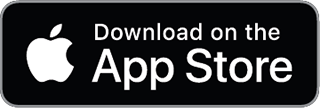Arrawarra surf forecast guide
Arrawarra is a surf spot located on the New South Wales north coast, known for its scenic beauty and laid-back vibe. It’s one of those spots where you can find a mix of surfers, from beginners to more seasoned riders. The beach features a long stretch of sand with some access points that can lead to fun waves. The environment can get crowded, especially on nice days, but there’s enough space for everyone to catch a few rides.
The waves here are generally fun and less intimidating than other points along the coast. Arrawarra works best with southeast swell, handling sizes up to about 3ft (0.9 meters). When the swell comes from the northeast or south, you can still score some decent rides. Most of the waves break on an uneven reef and there’s a consistent right-hander that’s popular. For the best conditions, aim for low to mid tide with a southwest wind—it really helps the waves to shape up nicely. Beginners will find this spot suitable, but as the swell increases beyond head high, be prepared for more powerful and challenging waves, particularly towards the inside near the rocks.
If you’re looking for a change in scenery, there are some other spots nearby worth checking out. Just a short drive back towards Woolgoolga, you’ll find Mullaway, which has a stronger point break and can challenge more advanced surfers. Heading north, areas like Red Rock, the jetty at Wooli, Minnie Water, and Broomes Head could offer some options, but the quality is hit or miss. Overall, while Arrawarra can’t compare to the epic spots, it does have its own charm and can give you a solid session.

